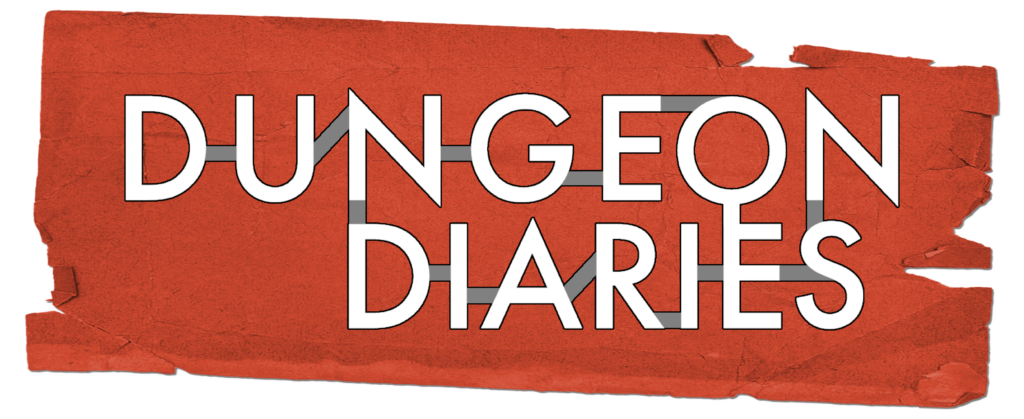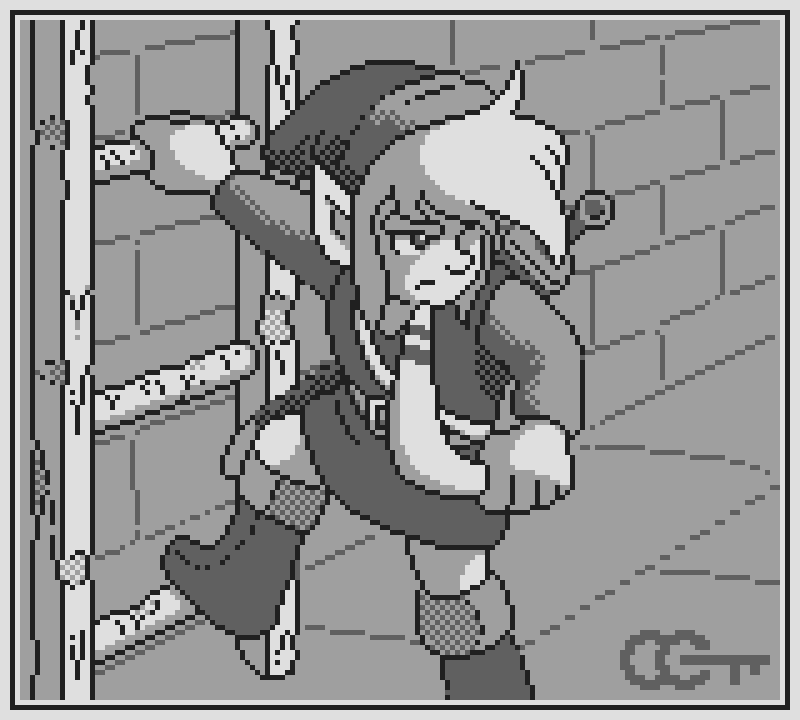
The concept of a “dungeon” is a curious one. Ask most anyone the sort of place that word conjures and you’ll likely get a description of some sort of underground prison — a network of dark cells deep beneath a medieval castle or fortress. Throw in some flickering torchlight and the faint scratching of rats scurrying across flagstones and, my friend, you’ve got what the professionals call “a vibe.”
It’s funny, then, because if you trace the word “dungeon” back to the Middle Ages, you’ll find that the term it spun off from didn’t refer to any subterranean facility but rather a castle’s innermost keep or tower. Rather than specifically being a place for keeping prisoners, a classic “donjon” was a stronghold the master of a castle might withdraw to in the event of an attack.
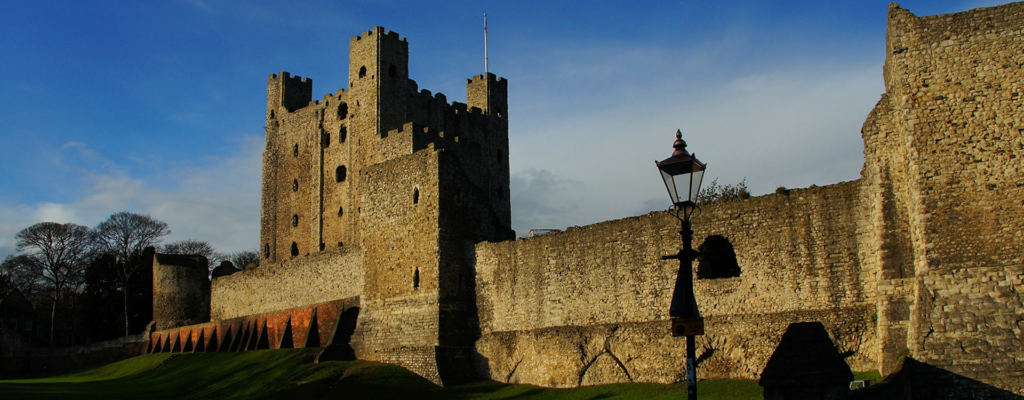
That’s not really a significant deviation when you think about it; they both maintain the idea of a defensive structure meant to deny access to someone or something. The difference in elevation, then, is just semantic shift in action, I guess, like how “terrific” once referred to something that inspired terror and gets used now as a synonym for words like “great” and “excellent.”
No, if you really want to stretch the meaning of the word “dungeon,” you’ve got to look to games.
No Longer Set in Stone
Starting with tabletop roleplaying games like Dungeons & Dragons, “dungeon” has grown into a generalized gaming term used to describe…
[GAMES, INFORMAL]
dun-geon. n. a largely self-contained area with a high concentration of treasure and obstacles meant to guard that treasure.
Alright, that doesn’t sound too different. That could still be applied to an old castle and any vaults beneath it. And yet, thanks to an increasing level of abstraction, I can think of at least two video games that I’ve played in the last year with so-called dungeons that see the player character questing through the innards of an afflicted water deity. If I had a nickel for every time that happened…

Now, I’ve never heard anyone suggest that Jonah or Geppetto be considered “dungeoneers” based on their time in the belly of the beast, but most video game enthusiasts wouldn’t think twice about describing Zelda’s Jabu-Jabu or Okami’s Water Dragon as “dungeons.” And the list of strange locales doesn’t stop there.
- A chain of mountain caverns that culminate in a fight over a pair of fossils?
- That’s a dungeon.
- A high-tech lunar base used by an organization bent on unleashing a centuries-old demon?
- Also a dungeon.
- An ancient floating city inhabited by a race of unsettling bird people?
- Dungeon. It’s even got a dragon.
- A labyrinth housed within an unholy fusion of man and structure?
- Well, it’s called Dungeon Man, so, for his sake, I would sure hope it counts. That’s the realization of a man’s dream right there.
- Music’s awful, though. That’s a dungeon you play on mute.
- Well, it’s called Dungeon Man, so, for his sake, I would sure hope it counts. That’s the realization of a man’s dream right there.
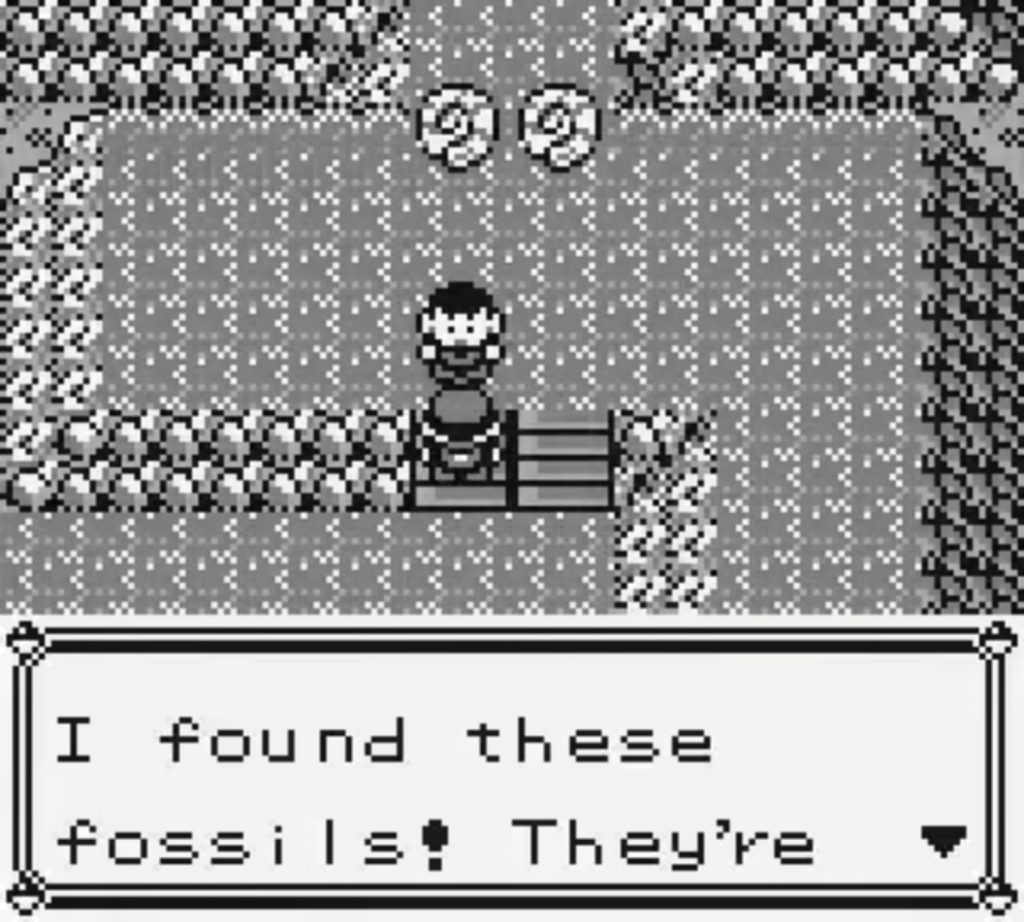
Pokémon Red
(Game Boy, 1998)
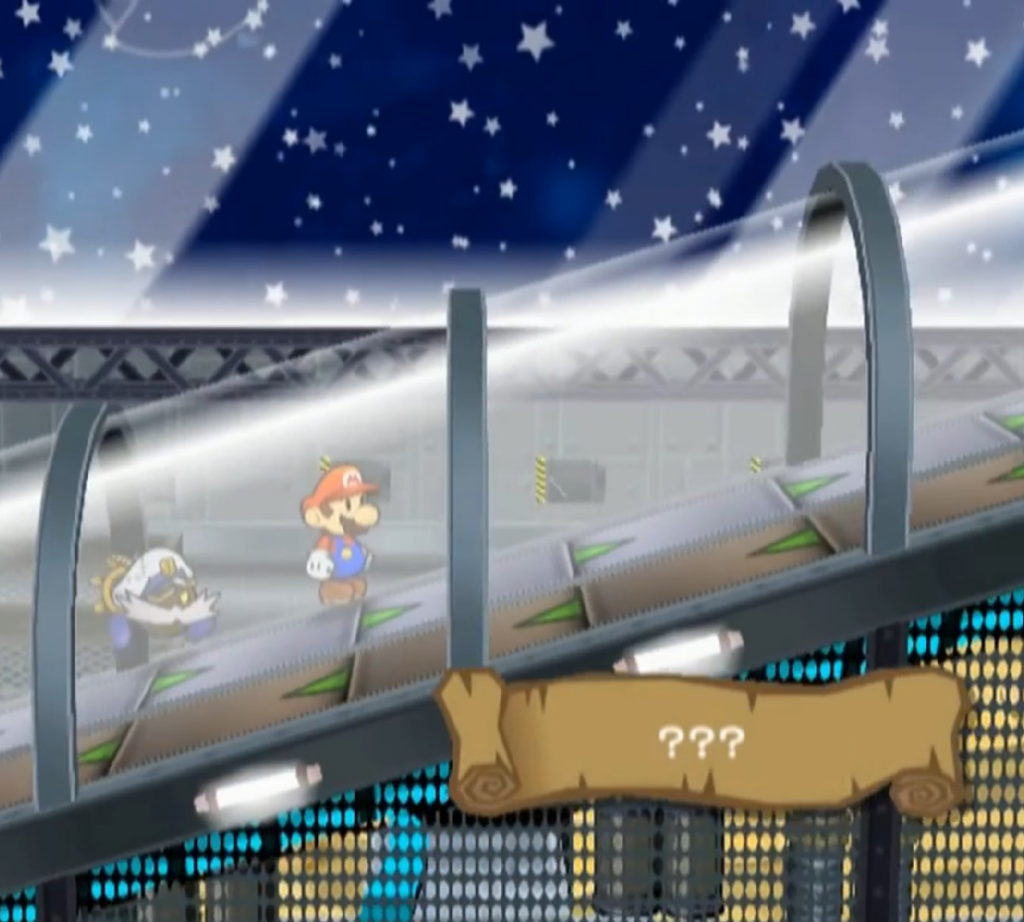
Paper Mario: The Thousand-Year Door (GameCube, 2004)
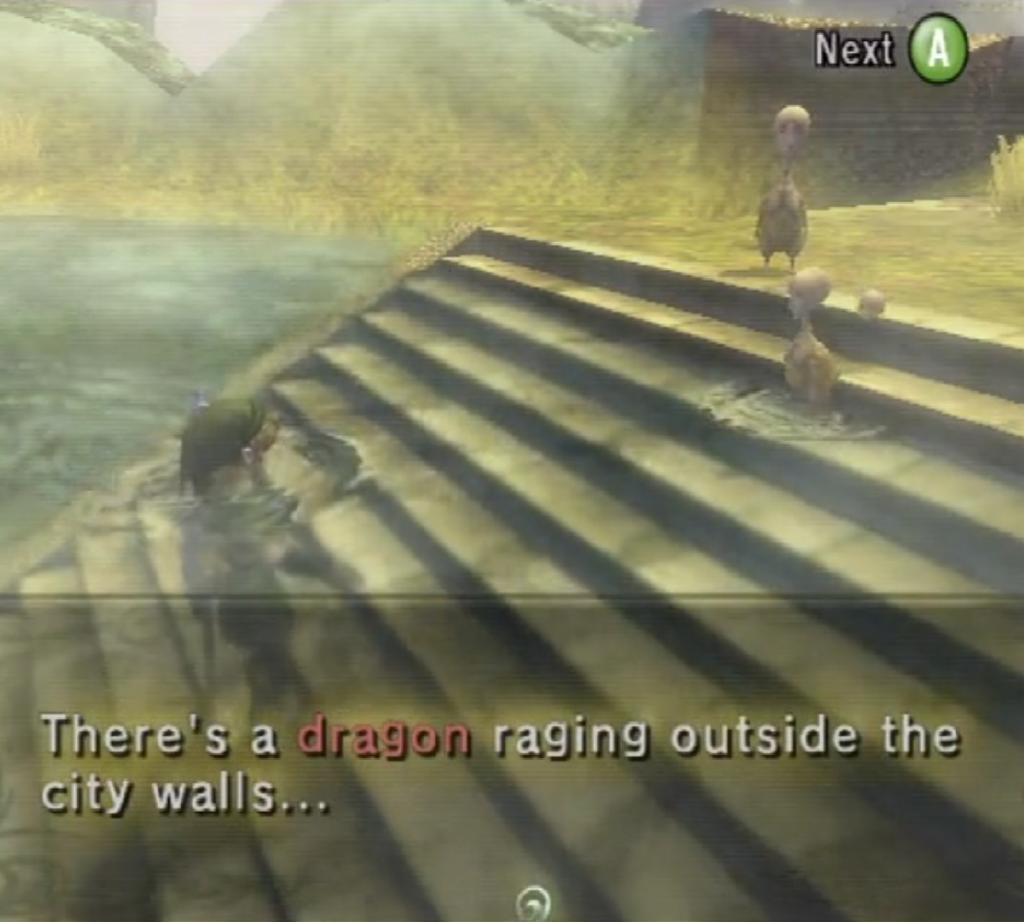
The Legend of Zelda: Twilight Princess (GameCube, 2006)
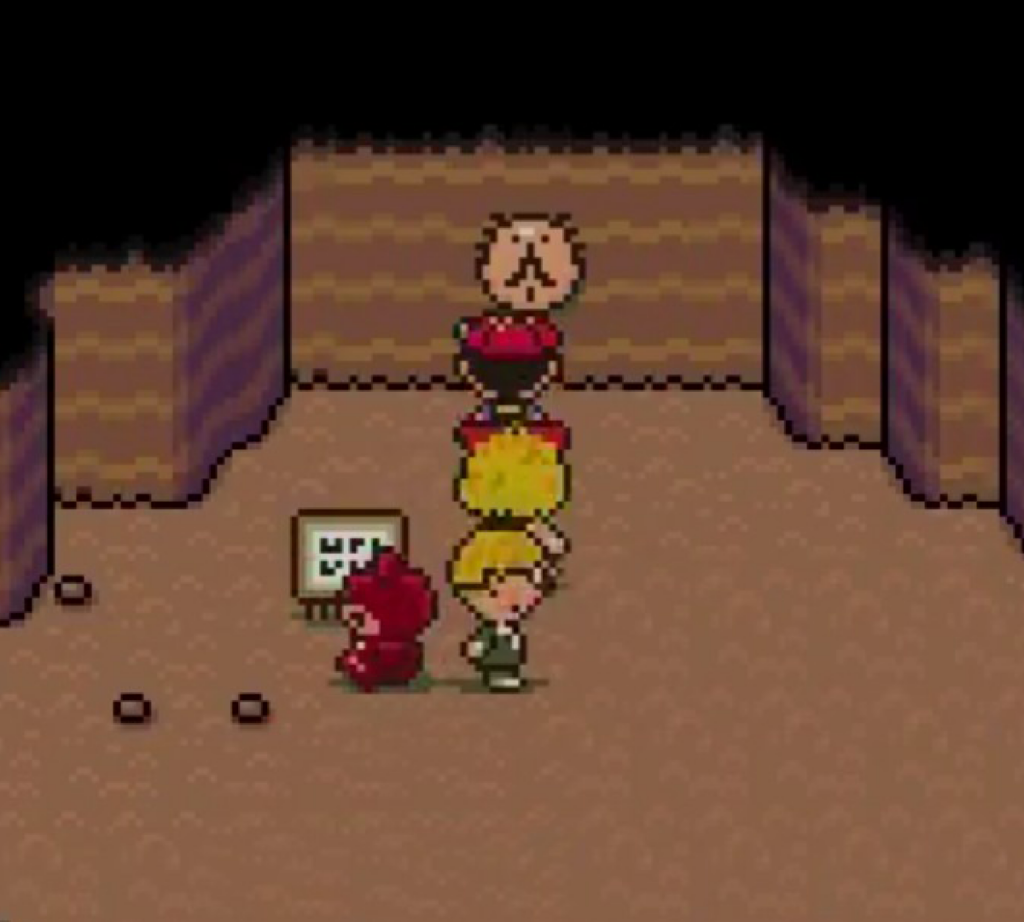
Earthbound
(Super Nintendo, 1995)
Naturally, every game dungeon will differ based on the needs of its game, but they all share one quality that sets them apart from those older notions of dungeons.
They exist to be challenged. They exist to be beaten.
I won’t try to claim any expertise in historical architecture, but I doubt any real-world dungeon – either above or below ground – was ever built with a win condition in mind, much less designed to highlight the very tools needed to conquer it.
Test of Wit and Ingenuity
Game dungeons are places that players are encouraged to explore and engage with, and I can’t think of a recurring element that exemplifies this better than puzzles. Guards and traps wouldn’t be out of place in a real stronghold; they’re meant to discourage, repel, or disable intruders. A puzzle, on the other hand, is practically an invitation.
To quote Ginny Di:
“A locked door implies that there is something worth protecting behind it. A locked, trapped door even more so. But a door that’s guarded by a complex puzzle? Now, that’s gotta be something big.”
Source: “D&D puzzles that make your players think”
Of course, a puzzle doesn’t need to be so artificial, something clearly constructed or installed for the purpose of guarding treasure. You don’t need an altar with three gem-sized indentations set before an intricate gate. Sometimes simply working out the best way to navigate between two points can be as entertaining as an explicit test.
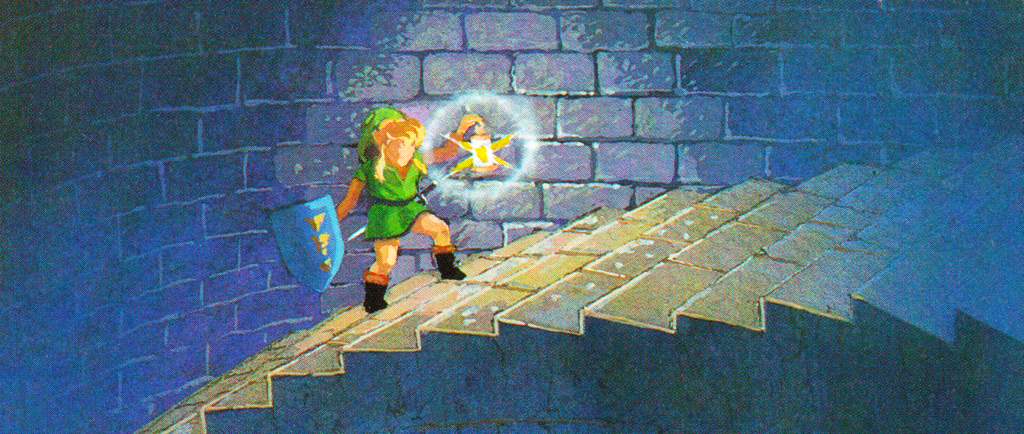
Puzzles as a Pastime
It’s about this point that I should probably clarify that these aren’t just the musings of a casual fan with a fondness for game design. For nearly a decade, puzzle design specifically has been something of a fixation of mine. It led to me taking a job in the escape room business, becoming a professional game designer, and it eventually led me to organize my own unique little D&D campaign – a campaign that I’ve approached with an almost academic interest. The subject of my study: what makes a good puzzle in a tabletop roleplaying game? It’s evidently a more divisive subject than I’d thought. Think of this little essay and those still to come as summaries of my research notes, as well as self-critiques of my past work to make my future stuff better.
Now, in true dungeon master fashion, I’d like to share a bit of backstory. In late 2018, I’d just wrapped up work on my first escape room as a lead designer and seen it opened to the public. I was thrilled to be working in a medium that could be thought of as a real-word analog for game dungeons, and I had no interest in slowing down. So, hardly a month later I was already submitting a proposal with a new scenario, a handful of puzzles, and even some concept art to tie it all together. Inspired by Mark Brown’s terrific video series “Boss Keys” – which had finished its first season earlier that year – I wanted to build a fantasy-themed escape room modeled after none other than The Legend of Zelda.
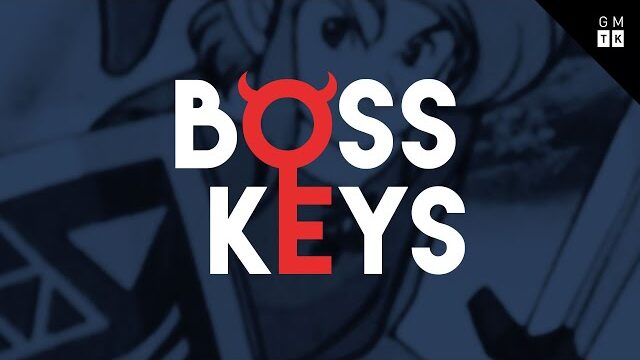
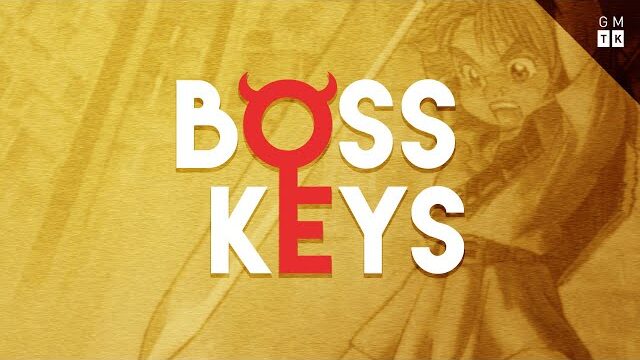
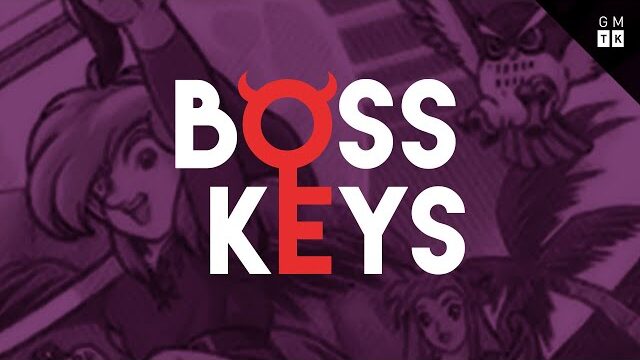
Adaptation and Translation
Leaning on the aesthetics of a popular piece of media was and still is a pretty common practice in escape room design. Every place seemingly has at some point offered its own legally distinct take on Indiana Jones, Mission Impossible, or Stranger Things. Hell, Sherlock Holmes is practically an unofficial mascot of the industry. And that’s not me trying to label escape rooms as lacking creativity; I’ve played my part in perpetuating those themes. Newer forms of entertainment can hardly be hurt by drawing on what’s already popular. That said, I’ve definitely seen a few escape rooms that didn’t so much tiptoe along the fair-use boundary as brazenly skip across the grass on the infringement side.
Where I think so many of those not-so-subtle games come up short is in the depth of their adaptation. Take Sherlock Holmes, for instance. Do the puzzles evoke real investigation techniques? Does the game take advantage of any of the original fifty-plus stories, all of which are now in the public domain? Or is it a case like I’ve seen so many times — where Holmes is treated as little more than a vaguely British coat of paint applied to a collection of disconnected puzzles?
I don’t mean to suggest that a good Holmes game needs to be tailored to players who know the canon inside and out, but I think limiting your source material to a single work or series risks limiting the game’s appeal. I wanted to cast a wider net in the hopes that the resulting blend of fantasy influences would produce a game where most any fan of the genre could find something familiar, whether the parallel was intentional or not.
What’s in a Game?
Among the properties I considered for that escape room but which ultimately didn’t see some conscious representation in the finished game was Dungeons & Dragons. It was a coworker that suggested it as a potential source of inspiration. My knowledge of tabletop roleplaying games at the time could best be described as shallow, but I knew that D&D had seen a bit of a boom thanks to Stranger Things, and I was already looking to adapt ideas from video games, so why not add another gaming medium into the mix?
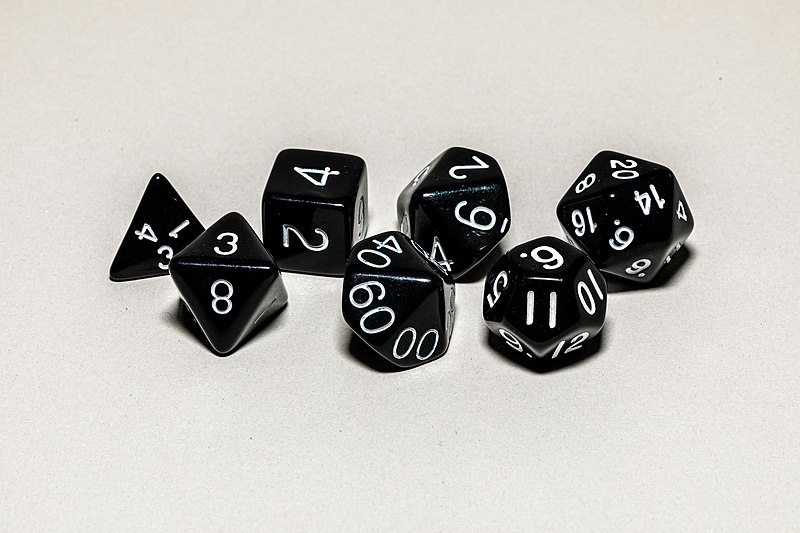
Well, development timelines and other obligations prevented my research from being as extensive as I would’ve liked; but, if the few puzzle-related resources I managed to find were any indication, more time may have only resulted in more disappointment. TTRPG discussions are naturally dominated by D&D, and yet, despite half-a-century of development and fan discourse, the material most relevant to my work amounted to little more than riddles of varying quality, challenges tailor-made for a specific group of players, obstacles that simply wouldn’t work in an escape room, and even forum posts advising against the inclusion of puzzles in D&D games altogether.
I know that a lot of people play games like Dungeons & Dragons for the power fantasies they can enable. Even through the barriers of a video call, I know the surge of dopamine that comes from striking the final blow against a boss. But surely such a popular game, based in a genre with roots stretching back to myth and folklore, would draw in just as many players eager to match wits with a sphinx or work out the mechanisms guarding an ancient temple. At least, that was my thinking. D&D may not have been explicitly referenced in that escape room of mine, but my coworker’s off-hand suggestion planted a seed that’s grown into a creative endeavor that’s eclipsed anything I’ve worked on.
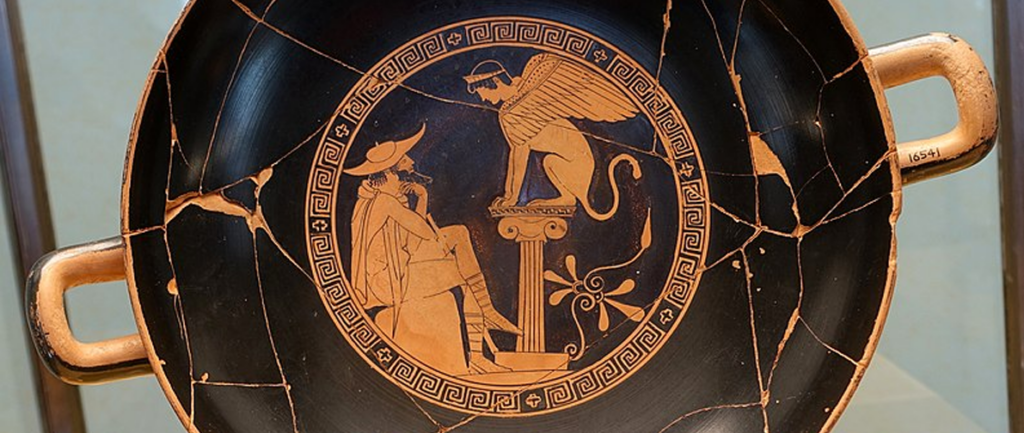
Crafting a New Legend
Working on that escape room got me hooked on a few actual-play series, but it still took a couple more years before I got around to experiencing D&D firsthand. It wasn’t long after that, though, that I started pondering the sort of game I might run. I knew that I wanted to experiment with dungeons and puzzle design, and I couldn’t exactly trust myself with learning or building an all-new setting, so I couldn’t imagine a better foundation than – what else? – The Legend of Zelda.
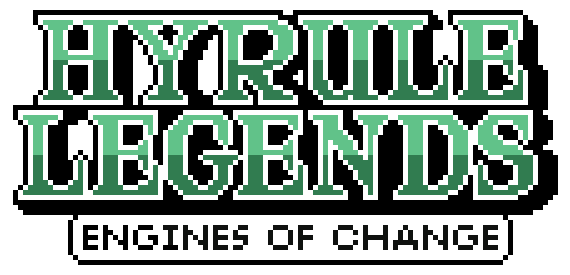
My friends and I are a little more than three years into that game now, and recently I’ve been going back through my old dungeon notes. A lot of time can pass between play sessions and even more so between dungeons, especially if you tend to get caught up in the narrative drama. It’d be so easy for insights gained while developing and running one dungeon to slip away by the time the next one comes around. But I don’t just want to maintain that knowledge, I want to build on it. I think sharing some of my thoughts will help with that. At the very least, pinning them down in essays like this will give me a centralized point of reference in the future.
Now, as much as I’d love to delve into those commentaries right here and now, I think I’d do well to take a page from Matt Colville’s book and organize my thoughts so I can put the most important points at the top of each entry. So next in the next entry, I’ll get into some of the qualities I’ve identified as distinguishing video game design, escape room design, and TTRPG design from one another. To do that, I’ll be describing how I used that knowledge to build an escape room in a Zelda–based D&D game.
Buckle up. Things are about to get niche.
Presenting…
